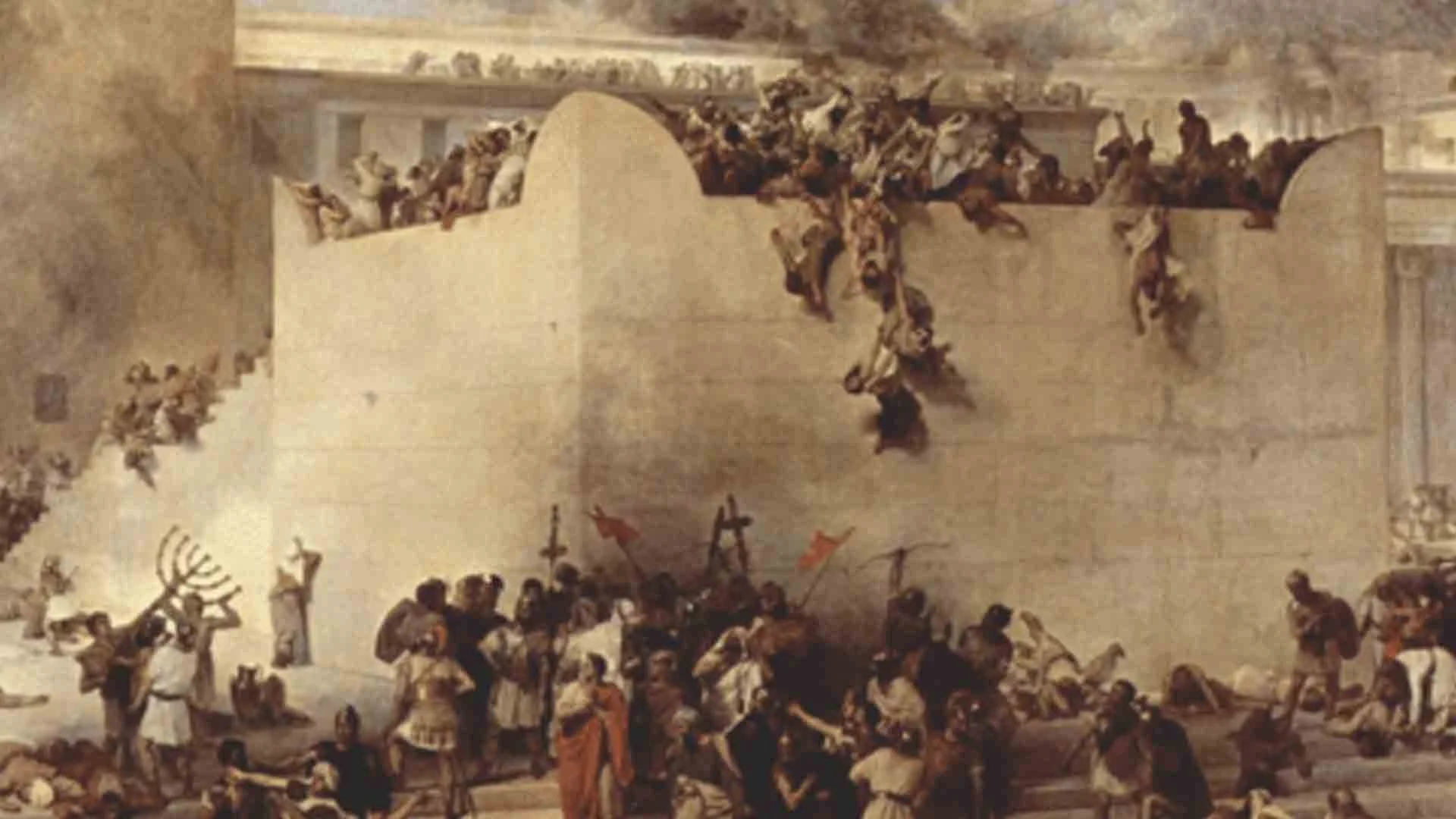For the source text click/tap here: Yoma 14
To download, click/tap here: PDF
Our Daf on Yoma 14a records a dispute between Rabbi Akiva and the Sages about the meaning of the opening phrase of Bamidbar Chapter 19, verse 19:
והזה הטהור על הטמא
“And the pure will sprinkle on the impure”
According to the Sages, this means that Red Heifer Ash-water loses its spiritual and halakhic potency on something which is incapable of becoming impure.
According to Rabbi Akiva, it means that sprinkling Red Heifer Ash-water on a tamei person makes them tahor, but the person sprinkling becomes tamei.
The Rabbis object to Rabbi Akiva’s argument – isn’t this needlessly paradoxical, they ask? Even if your reading makes sense in the text, shouldn’t we prefer an interpretation that fits with reason?
The struggle between Rabbi Akiva and the sages as to the rational vs textual origin of the Para Aduma is reflected in the chassidic non-rational approach to divine service as reflected in the Chok of Para Aduma as a paradigm for the whole torah.
These Rebbes have redefined the notion of Torah study in the spirit of the Baal Shem Tov.
No longer is the study a mere intellectual approach sufficient. They have raised the stakes of Torah learning to include a mystical inclusion of study and access to the inner light that was hidden for the righteous in the future (midrash) and as explained by the Baal Shem Tov, accessible to the righteous of every generation (not merely for the messianic future) since it is hidden in the Torah.
What are these parts? They do not instruct us how to learn with these tools of the non-rational mind. I can only imagine from two examples.
The first is listening to music. The mind analyzes a complex Bach fugue for its mathematical simplicity and complexity, its genius for troping on the Well-Tempered octave, but at the end of the day the non-dominant hemisphere takes sheer pleasure in listening to the piece without musical analysis.
https://www.youtube.com/watch?v=zdD_QygwRuY
The second example is a love poem. As much as I may analyze the song of songs for its literary marvel, its symmetry, its use of metaphor and metimony at the end of the day I am moved by the sheer majesty of the love poem and how it moves me emotionally.
https://www.youtube.com/watch?v=NGorjBVag0I




















